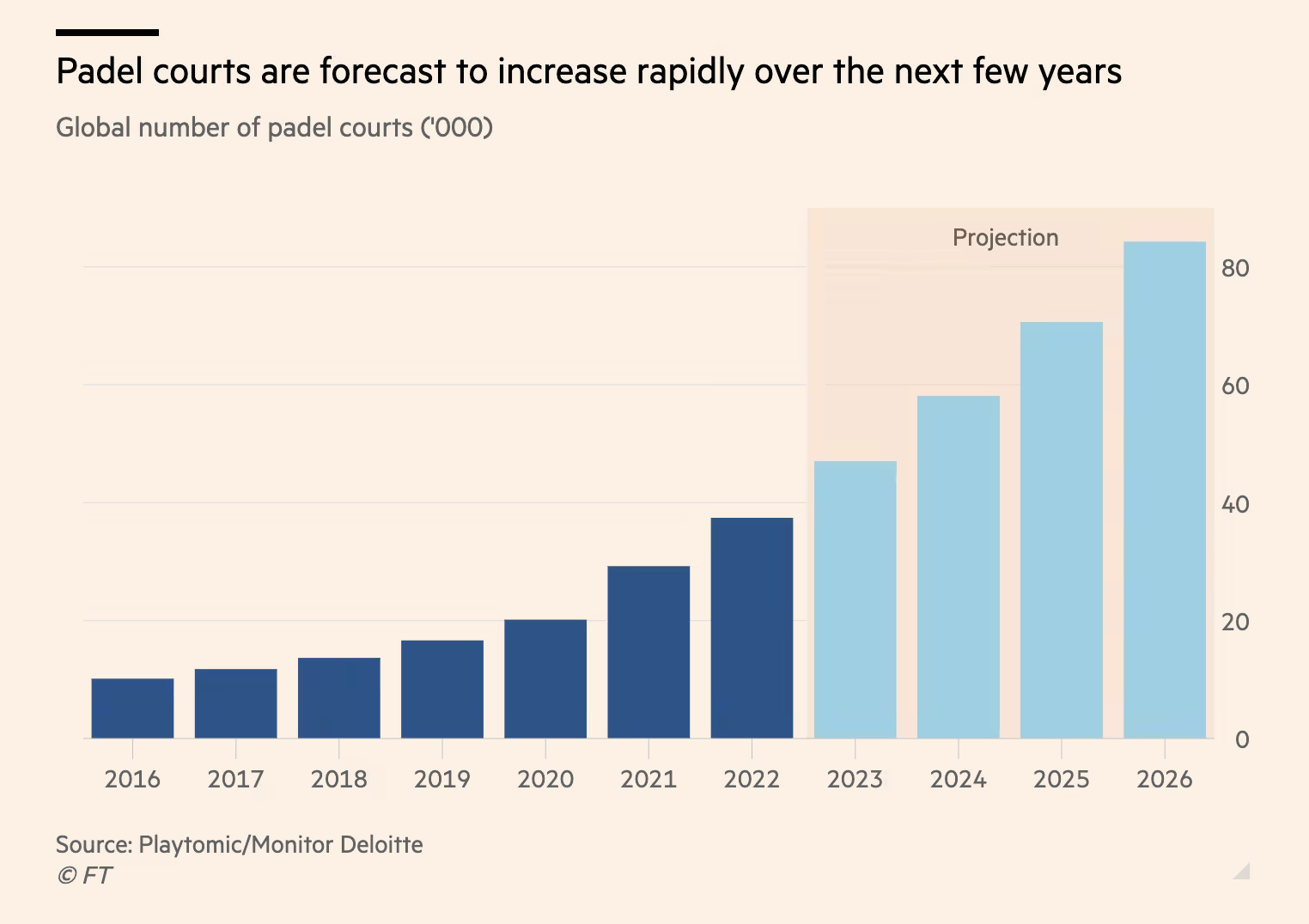Issue 143: Beyond Human-Centric Design
Welcome to Backstory, a weekly newsletter turning global technology shifts into a three-minute read. This week, we’re talking about design. – Mary Ames, Director of Strategy
THE BIG TAKE
Beyond Human-Centric Design
Last month we wrote about a new book claiming that design no longer works for humans. Attempts to change direction in areas such as urbanism aren’t materializing results because they aren’t fully considering our impact on the planet and our surroundings. Even human-centric design projects, which have exploded in popularity recently, haven’t fully acknowledged our rapidly changing environment. In the view of the author Manuel Lima, what is needed is a new life-centered or earth-centered approach to design methodology. These ideas generated much discussion in our community, so we thought that we would return to them this week.
Design with Earth at its core. One point that sticks out in Earth-centric design methodologies is how long the things we produce last. If humanity vanished tomorrow, all of our stuff, including the cities we live in, would last much longer. Thus, our impact on Earth presents many unforeseen consequences for our design today. How can we design for the future if we don’t know how long our impact will last? Lima notes that “the long-term effects of our presence on planet Earth do not end with the end of our species. And radioactive waste is not the only thing that outlives us…Even digital products will continue populating a digital wasteland with no end in sight.”
Impact and design. Looking at design challenges from this perspective is vital because it forces us to think outside of the box. It also enables us to come to terms with our often harsh impact on our environment. Again, Lima notes that “if plastic objects were plotted on a matrix that compared time of usage versus full lifespan, bottled water would likely be the worst ecological offender. One million water bottles are sold every minute around the world.” The point of this new approach isn’t to get upset about climate change or our impact. Rather, we must build a new design methodology that takes this impact into effect. In other words, a truly human-centric design must factor in how the Earth reacts to our way of life.
QUOTE OF THE WEEK
“Right actions for the future are the best apologies for wrong ones in the past.”
– Tryon Edwards, Author
CHART OF THE WEEK
This week we are looking at padel. The popular spot is literally taking the world by storm. Is there a limit to the sport’s rise?
OUR VIEWS THIS WEEK
Creating the Internet: For most of their existence, social media companies have tried their best to avoid content moderation. Leading platforms such as Facebook and Twitter have repeatedly argued that they can’t be the arbiters of truth or the editors of perceptions. That’s all changing now. Twitter has started moderating content from major figures. In this piece from the archive, we explored how content moderation is a perfect opportunity for small states like the UAE to help define the internet we want.
Cashless future: Contactless payments and digital money are still surging after their rise during the Covid-19 pandemic. We even take them for granted now. But it wasn’t always this way. In an archived article published by Xische , we think about what the cashless shift means for the UAE and how local companies can continue to innovate in the sector.
SPOTTED ELSEWHERE
Living in a hologram. It’s been a big year for physics and related fields. The James Webb telescope continues to transform our understanding of the universe. New theories about the possibility that we are living in a holographic universe are also taking hold. According to Popular Mechanics, new theoretical physics ideas suggest that we live in a hologram. Even better, black holes might be the evidence for this wild claim. Read the full story for background on this could be possible.
Biden and AI. We have written several pieces about how small states like the UAE embrace artificial intelligence across every level of government and society, but what is happening in the American government regarding AI? The Wall Street Journal just published a fascinating look at Biden and AI. According to the paper, the reaction from the White House is “worry and wonder.”
QUICK HITS
Where was our sun born?
Why is heavy metal music so popular in Scandinavia?
Building a wave in the ocean.













